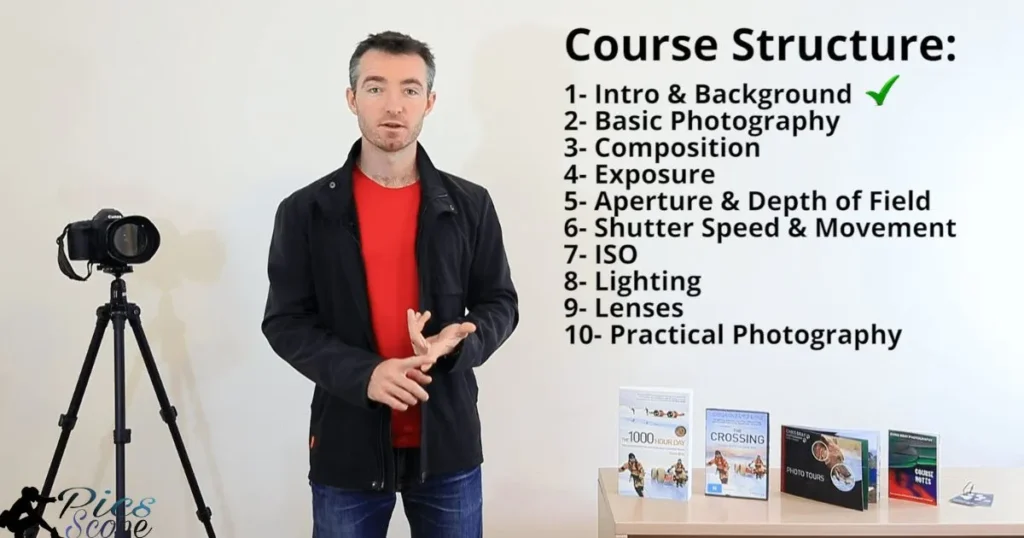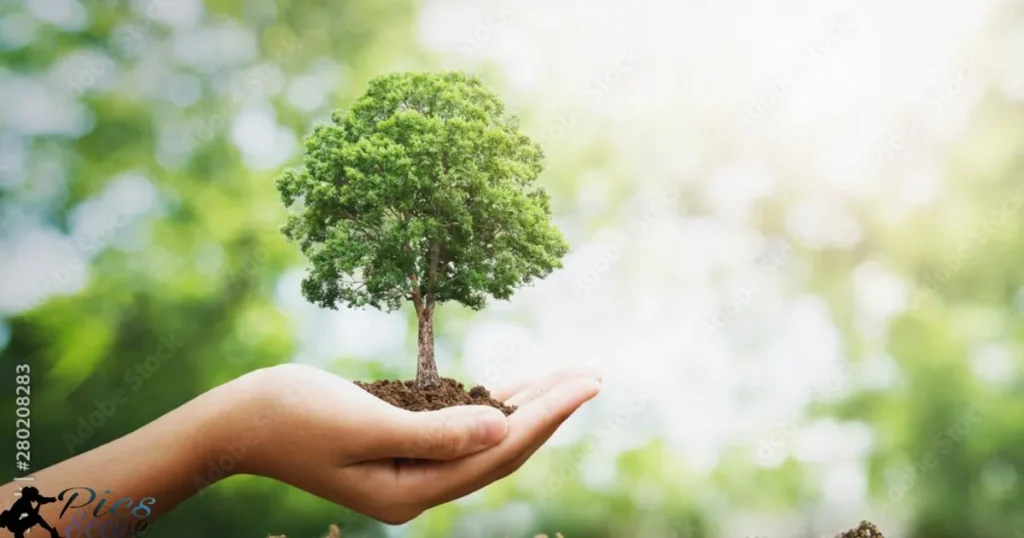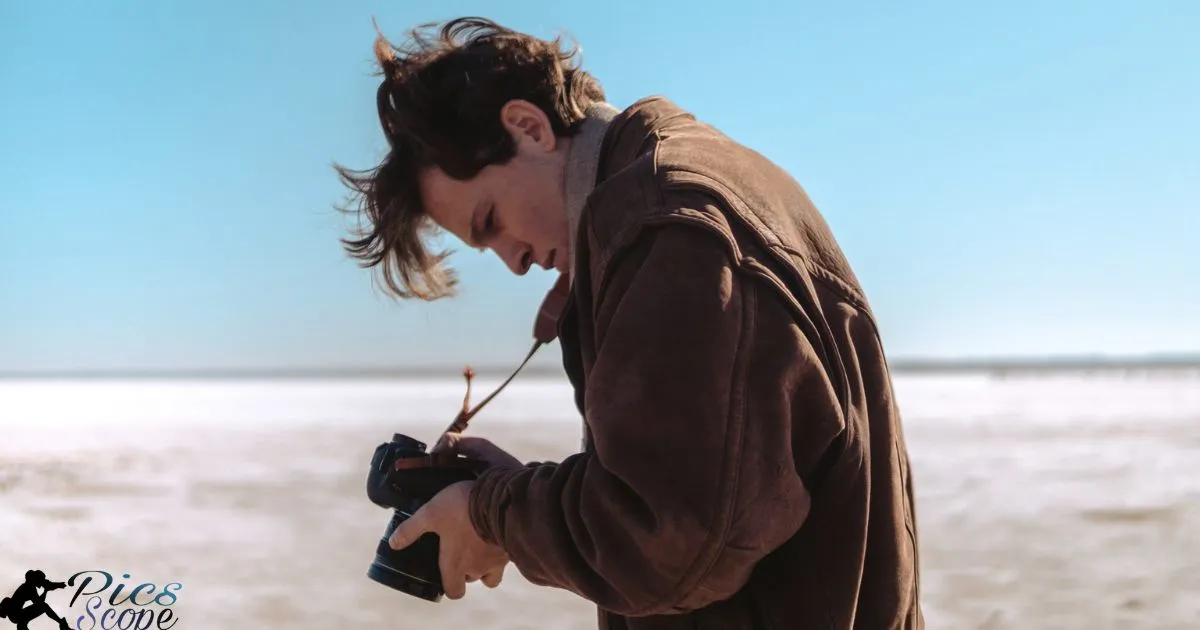Starting photography as a hobby is picking up a camera to take pictures for fun or to learn new skills. Photography lets you capture memorable moments or things that interest you. It is a creative activity you can enjoy in your free time.
Have you ever wondered how to start taking better pictures? Photography can be a very rewarding hobby to pick up. With just a basic digital camera and little time set aside each week, you too can learn How To Start Photography As A Hobby.
There are a few simple things you can do to get started with photography as a hobby. First, check that your camera is in good working order by taking some test shots. Then go outside and practice taking pictures of things like scenic landscapes, flowers or landmarks around your neighborhood. focus on adjusting your camera settings to take photos with proper exposure.
Getting The Right Photography Equipment
For starting photography as a hobby, you’ll need to get a camera. It’s important to buy a camera suited to your skill level and interests. Entry-level DSLR or mirrorless cameras provide quality photos without complexity. These cameras have lenses you can swap, letting you try different styles.
Compact point-and-shoot cameras provide an easy way to capture memories on a budget. While simpler, image quality may be lower than DSLR or mirrorless. For serious hobbyists, mid-range DSLR or mirrorless give more advanced options without pro-level costs. Choosing gear wisely helps your photography grow at a comfortable pace.
What Camera Should I Buy For Hobby Photography?
If starting out, look at starter DSLR kits or entry-level mirrorless. These offer flexibility and room to improve skills. DSLRs typically give excellent image quality for casual photos like family events and scenery. Entry-level mirrorless have fewer buttons but provide portability advantages. Some classic DSLR models remain highly capable choices for beginners too.
Before buying, test different cameras in your price range. Consider what types of subjects interest you most too. For example, sports photographers need fast shooting over image quality. Walk around with options to feel their handling. Pick what matches your budget and needs best as a hobbyist.
How Do Dslr Cameras Differ From Mirrorless Cameras?
Traditional DSLRs have large sensors which give beautiful depth and colour rendition. An optical viewfinder shows the actual scene. DSLRs are larger with detachable lenses and viewfinders can black out during bursts. Mirrorless cameras have no mirrors inside. Their electronic viewfinders always display exposure previews without blackouts.
Mirrorless are smaller, lighter and quieter for street photography. They focus faster, allow focus peaking for manual lenses and have good 4K video. However, their batteries drain quicker. Some models lack built-in grips. Overall, hobbyists can be happy with either but mirrorless open more photo styles with their portability.
Lenses Are Best For A Photography Hobbyist
5 lenses that are good options for a photography hobbyist
- Kit Lens – The basic lens included with your camera body is versatile and affordable. A 18-55mm lens allows you to try different types of photography.
- 50mm Prime Lens – A fast 50mm prime is great for portraits or street photography. It has a field of view similar to human vision.
- Wide-Angle Zoom – A lens like a 10-18mm or 10-24mm is ideal for capturing expansive landscapes and large buildings/rooms.
- Telephoto Zoom – A 50-300mm or 70-200mm zoom brings subjects farther away closer. Excellent for wildlife, sports or kids’ activities.
- Macro Lens – A macro allows you to capture microscopic details. Great for photography of food, flowers, insects and more. A 60mm or 100mm macro works well.
Do I Need Extra Accessories Like Filters Or Flashes?
Most hobbyists don’t require additional gear when starting out. That said, extra accessories can solve specific problems and expand abilities. Polarizing filters reduce unwanted reflections on glass or water. Neutral density filters blur motion for silky waterfalls. Lens hoods protect lenses from stray light and bumps. Tripods and monopods prevent blur from camera shake during long exposures.
Only advanced hobbyists may need flashes now. Flashes open up portraits and indoor shooting in evenings. Being minimal keeps costs low. Later explore triggers, I Love Photography softboxes and lounges as interests develop. Focus first on digital photo techniques. Expand gear over time with experience to avoid wasting funds before understanding needs.
Learning Photography Basics

As a beginner, learning fundamental techniques helps understand how cameras work. Composition rules make pleasing visuals instinctive. The rule of thirds positions subjects off-centre for dynamism. Leading lines draw eyes through frames. Framing eliminates distractions. High/low viewpoint contrasts subject scale. Learn these basics instead of complex gear until ready.
Understanding the genres helps discover favorite styles. Are you drawn to portraits, street photography, wildlife, macro, or landscapes? Learning principles in genres of interest improves more rapidly. Study pros in genres through their published and online works. Magazines, websites and photography books expand knowledge affordably as a starting hobbyist.
What Photography Composition Techniques Should I Learn?
Learning composition is finding the best way to frame a scene. The rule of thirds positions subjects off centre where the eye naturally looks. Leading lines immerse the eye on a path through the frame. Symmetrical/asymmetrical balance keeps shots harmonious or quirky. High/low camera angles dwarf or empower subjects. Filling the frame with the subject keeps it clear of clutter. These tried techniques create photos that grab attention.
Understand Different Photography Genres
| Genre | Description |
| Landscape Photography | Focuses on scenic outdoor settings like mountains, seascapes, forests etc. Captures the beauty of nature. |
| Portrait Photography | Images that focus on people, usually their faces, expressions and poses. Includes studio portraits. |
| Street Photography | Captures candid photos of everyday life in public places without arrangement. Documents street scenes and people. |
| Wedding Photography | Photographs weddings, bridal portraits, receptions and other wedding events. |
| Product Photography | Images that showcase and advertise commercial products like clothing, jewelry, furniture etc. |
| Events Photography | Takes photos at concerts, sporting events, ceremonies and other public gatherings. |
| Wildlife Photography | Captures animals, insects and birds in their natural habitats, usually outdoors. |
How Do I Use Shutter Speed, Aperture And Iso In Photography?
Shutter speed chooses how long the sensor receives light – faster freezing motion, slower blurring it. In low light use slower speeds or flash. Aperture sets depth of field – smaller numbers admit more light but less stays sharp, blurring backgrounds. Bigger numbers keep more in sharp focus but less light enters. ISO adjusts sensor sensitivity to light – higher values let faster shutter speeds but add digital noise. Each impacts the exposure triangle, so change one impacts the others. Experimentation links settings to creative outcomes.
What Are The Best Photography Skills To Focus On First?
For beginners, learning composition, reading light, and using basic camera functions well are most important. Studying focal lengths helps understand different perspectives. Playing with various ISO, shutter speeds and apertures teaches exposure techniques. Practicing off-camera flash or reflectors expands skills. Trying different editing apps shows potentials. Challenging photo projects encourages new abilities by concentrating learning in short bursts. Building skills steadily leads from snapshots into artistic photos.
Finding Your Photographic Style
Discovering your style helps focus learning on enjoying photography. Experiment with different angles, zoom levels, compositions and subjects to see what attracts your eye. View photos from great photographers online and see why their styles appeal. Emulate how they see the world to find your own perspective. With experience, your natural style showing personal vision will emerge through the viewfinder.
What Type Of Photography Interests Me Most?
Try different genres like landscapes, macro, street or portraits to see what engages you. Do you prefer capturing environments or people? Still lifes or moving subjects? Close-ups or vast landscapes? What stories draw you in? Understanding your preferred subjects and situations helps your photography evolve. Give time to types intriguing you instead of trying all at once.
How Can I Find Inspiration From Other Photographers?
Following photographers online, at exhibitions or through photography books introduces new perspectives. See their angles, lighting, editing styles and subject matter. Note what draws you towards their work creatively. Photography magazines compile various talents for finding inspiring techniques. Learn composition tips by studying admired pros’ photos closely. Their passion and skill can spark new ideas worth experimenting with.
What Gear Or Software Can Help With Photo Editing?
Basic edits help photos stand out. Free software like GIMP or stock smartphone editors crop, improve lighting and pop colors. Paid desktop apps like Lightroom and Photoshop give more pro-level control for advanced users. Understand editing’s role increasing impact. Experiment respecting original integrity instead of over-editing. With practice, minimal changes can greatly improve shots using complimentary tones and precise cropping.
How Do I Improve My Photography Technique Over Time?
Continually challenging yourself improves photography. Join online photo clubs learning new perspectives from others. Take varied photos daily practicing different styles. Revisit early shots noting progress. Backup all photos for reviewing growth over months. Give critiques politely and gracefully receive them to sharpen skills. Attend local workshops from expert photographers furthering your abilities and style.
Capturing The Perfect Photo
Getting the right shot takes practice and an understanding of how camera settings affect the end result. Lighting, composition and decisive moments all play a role in snapping that special photo you’ll want to share. With experimentation, your eye for capturing perfect photos will grow.
How Do I Take Photos Of Landscapes Effectively?
For sweeping vistas, use wide-angle lenses including as much context as possible within the frame. On dull days, brighten contrast in post. On sunny days, expose for highlights avoiding blown-out skies. Capture landscapes at sunrise/sunset benefitting from wonderful colours and lighting. Consider foreground interest, and telephoto shots of intimate natural details too.
What Settings Are Ideal For Low Light Photography?
In poor lighting, raise ISO to higher values reducing blur from slower shutter speeds. Shoot RAW for more editing flexibility. Use tripods and remote controls to stabilize cameras during long exposures. Open apertures wider than usual to admit maximum available light. Enable image stabilization if available. Experiment between faster speeds stopping motion or trailing effects from slow shutter speeds creatively. Flash may overpower night shots, so understand its limitations in such situations.
How Can I Photograph People And Portraits Better?
Make eye contact, smile and build rapport before shooting for comfort. Choose flattering lens lengths, background simplicity and lighting. On sunny days, position figures side-lit or backyard-lit. In open shade, diffuse light flatters skin tones. Zoom out including full figures or cropped closer for subtler expressions. Adjust focus on eyes for connection. Ask subjects to relax poses for candid expressions over stiff formality. Give direction gently warming frozen smiles.
What Tips Make Macro Photography Simpler?
For sharp close-ups, select the closest focusing macro lens for details. Add extension tubes between lenses and bodies extending magnification ranges. Adjust camera settings fitting the small depth of field including minimal backgrounds. Move very close, brace cameras firmly on tripods avoiding any movement. Shoot RAW capturing macro nuances seen with no naked eye. Research how to light subjects evenly without shadows for balanced exposures. Most importantly, slowly discover curious miniature worlds previously hidden from view.
Growing Your Photography Hobby

While experience progresses your skills, exploring new photography types keeps the hobby interesting. Joining local photo clubs or online communities provides opportunities to learn from others. With continued learning and practice over time, your hobby can develop into a more serious artistic pursuit.
How Do I Share And Promote My Photography Online?
Sharing online showcases your style supporting a community. Make thoughtful Instagram stories, Facebook albums and website galleries featuring your best shots. Strategically post high resolution photos across platforms. Watermark images professionally discouraging misuse. Caption concisely using relevant hashtags for discovery. Like and comment on others’ photos to support their work too. Positive engagement expands networks through authentic interactions.
What Photography Projects Can Help Me Improve?
Short-term photo assignments targeting skills focus learning in shorter bursts. Experiment focusing solely on texture, candid street encounters or black and whites for a week. Discover unique opportunities by your home, town or city worth documenting over time. Join weekly photoclub themed shoots sharpening composition and creativity through self-expression. Over time, preserve photo collections in albums reflecting your growth as a visual storyteller.
How Do Hobby Photographers Make Money?
Some sell personalized services, prints or presets. Fine art landscape prints or greeting cards decorate homes profitably. Freelance editorial gigs for blogs and companies gain experience. Teach photo workshops sharing skills. Sell stock photos online constantly enlarging portfolios. With consistent great work across platforms and engaging clients directly, it’s possible transitioning photography into a part-time or full-time career path. Patience, persistence and quality are key.
How Can Photography Turn Into A Career?
For hobbyists ready to turn professional, equipment and self-marketing investments follow steady skills growth. Build cohesive personal styles attracting clients. Shoots requiring extra equipment expand horizons and incomes steadily. photography businesses need websites, business accounts, proper insurance. Photographing event coverage and real estate gain contracts. Seek freelance mentoring before attempting full-time status. Many rewarding photography career avenues emerge through extended learning, experimenting and determined passion over consistent years.
Frequently Asked Question
What Gear Do I Need to Get Started?
All you need is a basic digital camera. Entry-level DSLRs and mirrorless options work great for beginners.
How Do I Learn Photography Techniques?
Take time to research composition, lighting, different camera settings and more through books, online tutorials and learning on your own.
Is it Better to Take Pictures on Auto Settings?
While auto modes make photography easy, learning manual controls allows more creativity and control over your photos.
How Can I Improve My Photography Skills?
The best ways are practicing regularly, experimenting with different subjects, getting photo critiques and taking photography classes.
What If I Don’t Have Photography Experience?
That’s okay! Everyone starts somewhere. Have fun learning at your own pace and don’t get discouraged – skills develop over time with practice.
Conclusion
Starting photography as a hobby can be an enjoyable and rewarding experience. The first step is to purchase a camera that fits your skill level and budget. Entry-level DSLRs or mirrorless cameras provide great options for beginners. It’s also important to learn basic photography techniques like composition, lighting, and using different camera settings. Taking the time to learn these fundamentals will allow you to take better photos as your skills progress.
Overall, diving into photography as a new hobby takes some initial preparation but becomes very rewarding over time. Don’t get discouraged if your early photos aren’t great – all photographers continue learning and improving. Have fun experimenting and don’t be afraid to try different subjects and perspectives.







